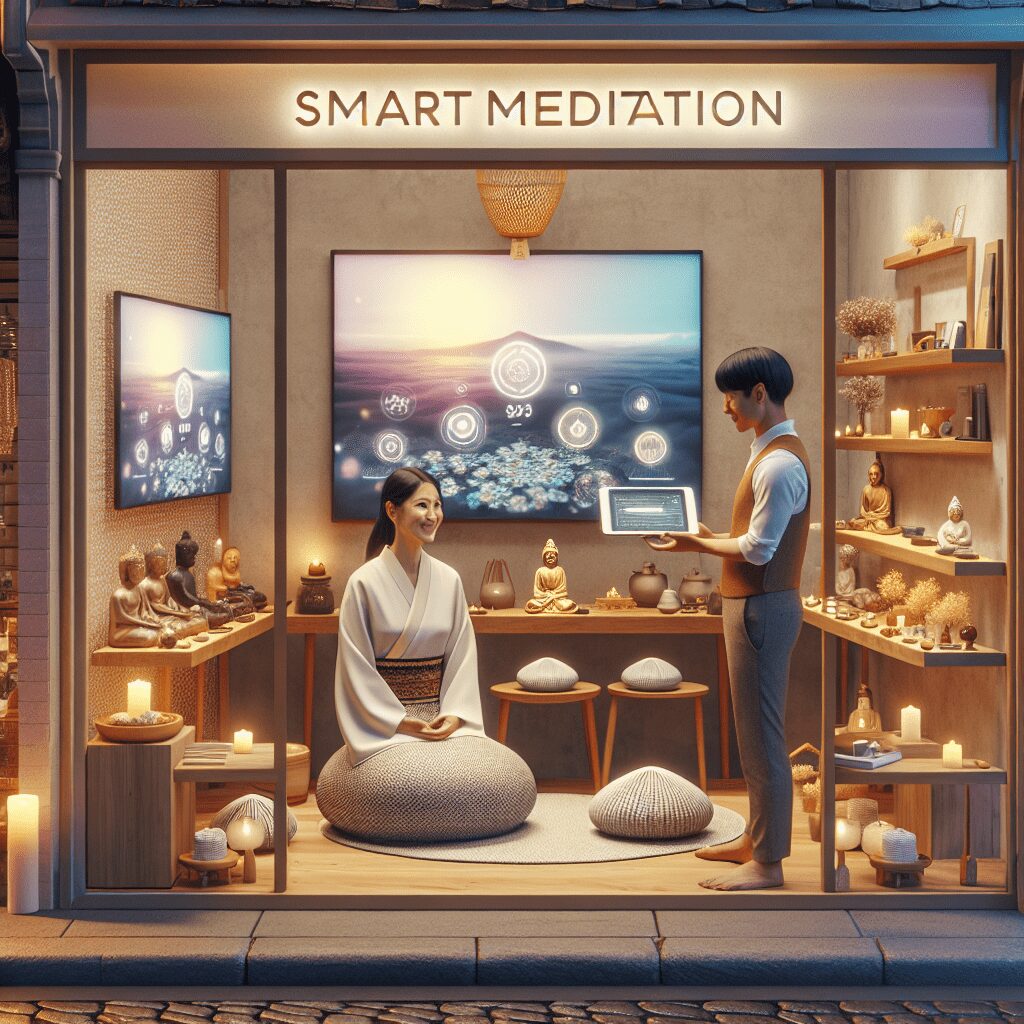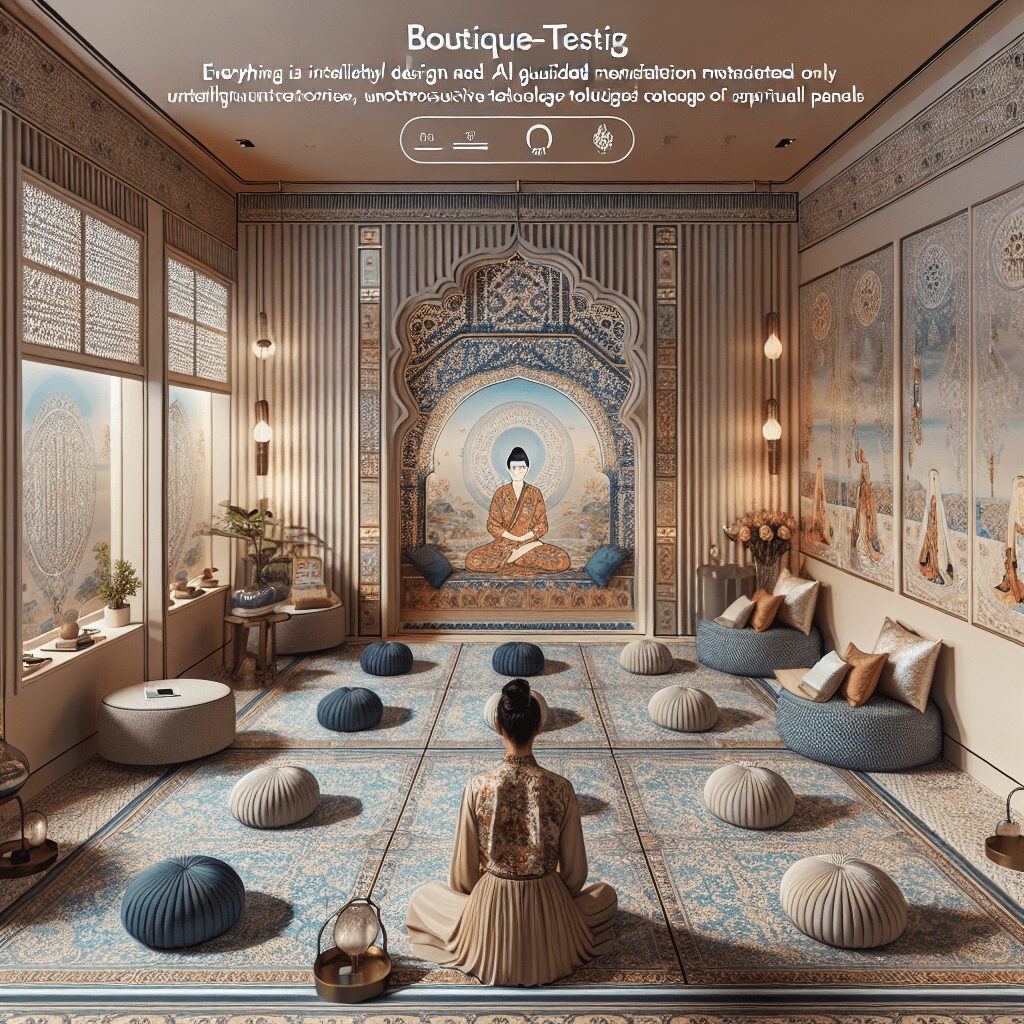
Prioritize your mental well-being daily. Enhance your life by nurturing your mental health with the Smart Meditation app. Break free from stress, alleviate anxiety, and enhance your sleep quality starting today.
Is Sitting Meditation Necessary?
The Debate around Sitting Meditation
In the whirlwind of today’s fast-paced world, the quest for peace and clarity often leads many to the ancient practice of meditation. However, a question frequently arises among beginners and seasoned practitioners alike: Is sitting meditation indispensable? The topic invites a fascinating exploration of traditional vs. contemporary meditation practices and the versatility of meditation as a whole.
The Essence of Meditation: More Than Just Sitting?
Traditionally, sitting meditation has been portrayed as the quintessential practice for achieving mental tranquility and spiritual enlightenment. This image is deeply ingrained in popular culture — a serene figure, legs crossed in a lotus position, eyes closed, and utterly absorbed in profound silence. Yet, as meditation evolves into a modern-day stress-buster, the question of its necessity in a seated form becomes pertinent.
Flexibility in Practice
The essence of meditation lies in cultivating a moment-to-moment awareness and a connection to the present. This fundamental principle opens up a realm of possibilities beyond the constraints of sitting. Walking meditation, for instance, is a practice where one focuses on the experience of walking, paying attention to the sensations in the feet and the rhythm of the breath. It proffers an alternative for those who find sitting for extended periods challenging or uncomfortable.
Tailoring to Personal Needs
The diversity in human physiology and psychology means one size does not fit all. Some individuals might experience physical discomfort or pain when attempting to sit still for meditation. For others, the very act of sitting might trigger restlessness rather than calm. Recognizing these variations, many mindfulness experts advocate for adapting meditation practices to suit individual needs. This flexibility can significantly enhance the accessibility and effectiveness of meditation, making it a more inclusive practice.
The Modern Twist
Today’s fast-paced lifestyle demands practicality and convenience, leading to innovative approaches to meditation. Mobile apps offering guided sessions, mindfulness exercises that can be integrated into daily routines (like mindful eating or shower meditation), and even virtual reality meditation experiences are testament to the evolving nature of the practice. These modern twists allow for a more dynamic engagement with meditation, inviting people to find stillness amidst motion and mindfulness in the mundanities of daily life.
In Conclusion
The question of whether sitting meditation is necessary does not elicit a one-size-fits-all answer. Instead, it invites each individual to explore and experiment with what works best for them. The true essence of meditation transcends the physical posture, focusing more on cultivating awareness, compassion, and inner peace. In this light, variety not only adds spice to life but to meditation practices as well, ensuring that the journey towards mindfulness is both inclusive and adaptable to the shifting sands of time.





